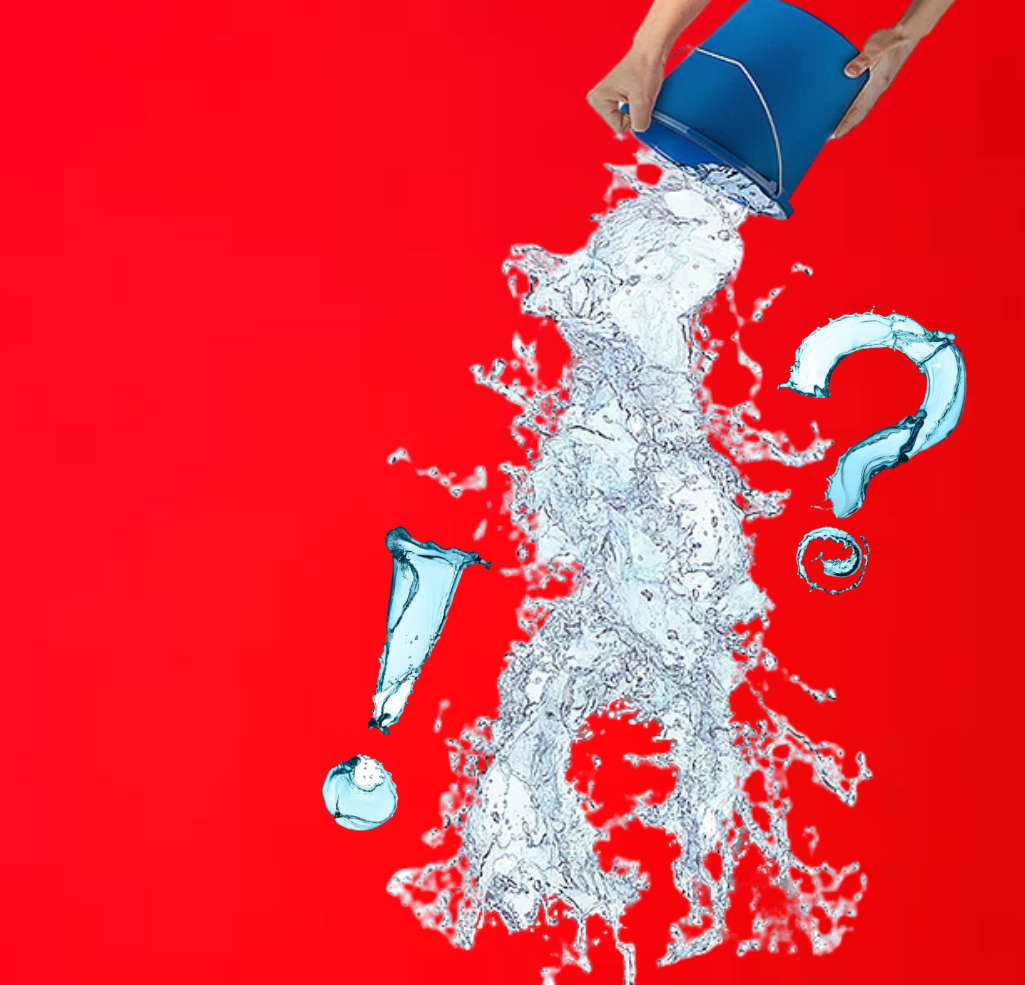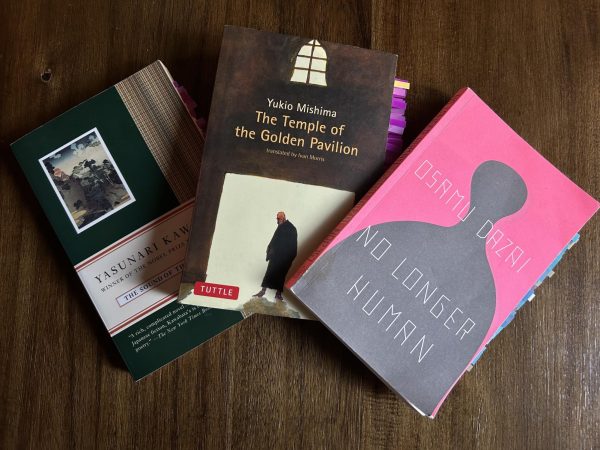Kafka on the Shore(ly there couldn’t be incest in here, right?)
Buckle up for a philosophical metaphor that may very well have you cringing back in your seat.
Along with picturesque depictions of the Japanese countryside, you can find grotesque cat murder, pimp Colonel Sanders, a philosophical prostitute and buckets of water creatures literally falling from the sky in Haruki Murakami’s 2002 novel “Kafka on the Shore.”
Although published twenty years ago, Murakami’s “Kafka on the Shore” remains present in many current day conversations (and heated debates!) due to blowing up on BookTok, the side of TikTok that discusses everything literature. The hashtag #kafkaontheshore has over 3 million views, and #harukimurakami has almost 17 million.
“Kafka on the Shore” reads like the dream log of a person with a particularly bizarre imagination. Indeed, Murakami himself stated that “writing a novel lets [him] intentionally dream while [he’s] still awake.” The author is well known for his use of magical realism. This genre blurs the line between reality and fantasy, consciousness and a dream state, which the characters in this novel frequently traverse and occasionally get lost in.
Complete with graphic, extremely detailed imagery (of both the good and the bad), this alluring novel is entirely immersive and compelling. However, Murakami has long been the subject of controversy over the way he writes female characters, and this novel holds no exception.
The two female characters that are largely featured in this book are primarily supplementary to the male main character and are often grossly sexualized. The mysterious and haunted Miss Saeki is given her own detailed history, yet at the same time feels like she serves no purpose other than to be a part of Kafka’s journey. She is painted as being hollow and lifeless in the years between her young lover’s death and Kafka’s arrival at her library.
Similarly, Sakura, a young woman Kafka meets on a bus and questions if she’s his lost sister, is still portrayed in an overtly sexual manner even after stating that she sees Kafka as a brother. In one scene, Sakura allows Kafka to sleep in her bed with her after stating that she does not want a sexual relationship because she has a boyfriend. Directly after this, she proceeds to notice his hard-on and promptly changes her mind to give him a handjob.
Remember how I said they had a familial bond? Yeah, it’s weird.
The women in Murakami’s novel ultimately serve as little more than objects to satisfy Kafka’s sexual desire and move along his storyline. But if you do manage to get past the glaring discomfort of Kafka’s perverted perceptions regarding women, you’re left reading a thoughtfully bizarre metaphor for life.
Through a timeless and foreboding forest, missing cats, overnight bus rides, mysterious libraries and inexplicably intelligent German shepherds, “Kafka on the Shore” paints a captivating picture of one boy’s search for purpose, and the consequences of trying to outrun fate.

Features Editor Jesse Radzik is just like your average grandmother, if said grandmother managed to avoid bone degeneration enough to play varsity tennis. She greatly enjoys reading in little nooks, doddering...









































